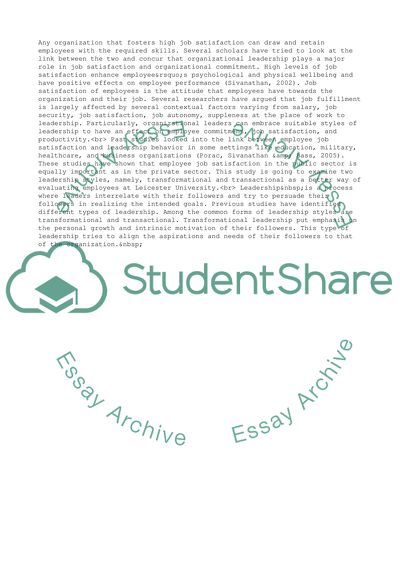Cite this document
(Is Leadership an Effective Way of Monitoring Employees at Leicester Research Paper, n.d.)
Is Leadership an Effective Way of Monitoring Employees at Leicester Research Paper. Retrieved from https://studentshare.org/management/1642620-reasearch-question-is-leadership-a-good-way-of-monitoring-employees-at-leicester-university
Is Leadership an Effective Way of Monitoring Employees at Leicester Research Paper. Retrieved from https://studentshare.org/management/1642620-reasearch-question-is-leadership-a-good-way-of-monitoring-employees-at-leicester-university
(Is Leadership an Effective Way of Monitoring Employees at Leicester Research Paper)
Is Leadership an Effective Way of Monitoring Employees at Leicester Research Paper. https://studentshare.org/management/1642620-reasearch-question-is-leadership-a-good-way-of-monitoring-employees-at-leicester-university.
Is Leadership an Effective Way of Monitoring Employees at Leicester Research Paper. https://studentshare.org/management/1642620-reasearch-question-is-leadership-a-good-way-of-monitoring-employees-at-leicester-university.
“Is Leadership an Effective Way of Monitoring Employees at Leicester Research Paper”, n.d. https://studentshare.org/management/1642620-reasearch-question-is-leadership-a-good-way-of-monitoring-employees-at-leicester-university.


